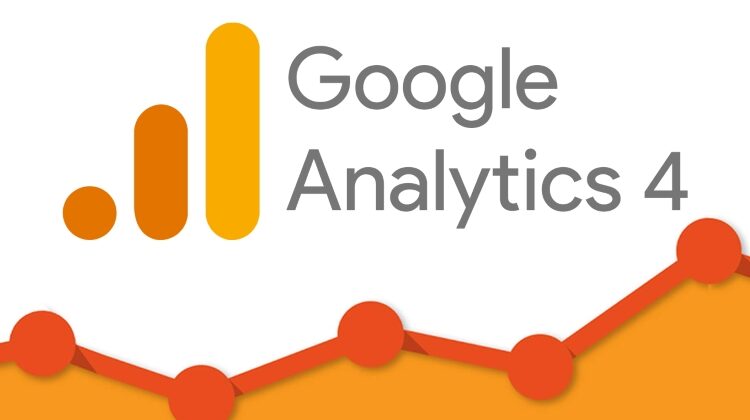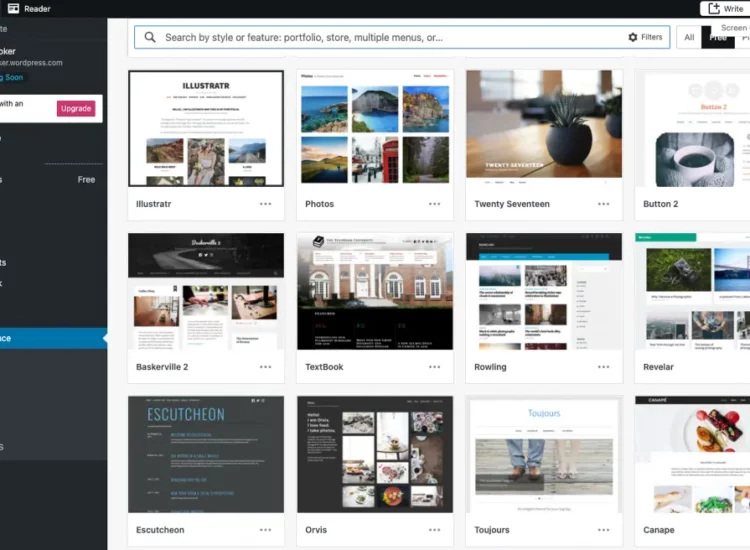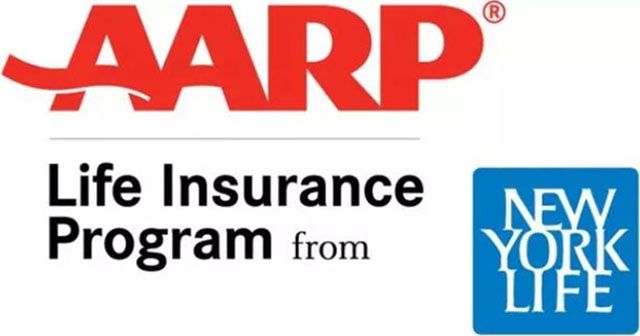Creating a blog is an exhilarating venture, but standing out in the vast sea of online content requires more than just exceptional writing skills. It demands a strategic approach to Search Engine Optimization (SEO). This guide aims to help aspiring bloggers like you master SEO and achieve unbeatable visibility.
Toc
Introduction of Creating a blog
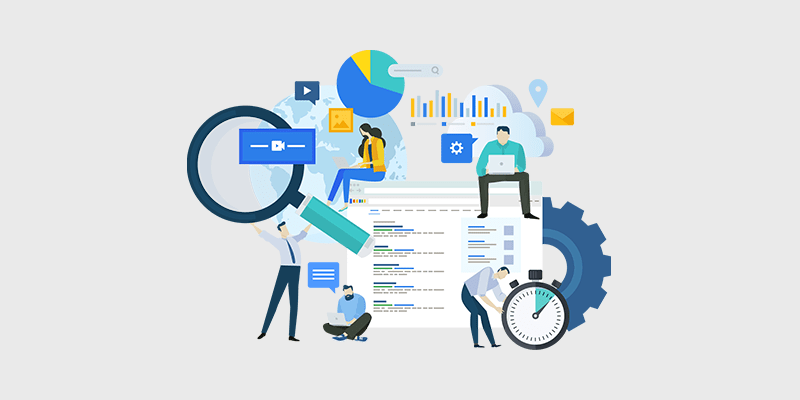
Creating a blog is an exciting and fulfilling experience. It allows you to share your thoughts, ideas, and expertise with the world through written content. However, with over 600 million blogs on the internet, it can be challenging to stand out and attract an audience.
This is where Search Engine Optimization (SEO) comes into play. SEO is a set of techniques that help improve your website’s visibility on search engines like Google. By optimizing your blog for SEO, you can increase organic traffic to your site and reach a larger audience.
In this guide, we will walk you through the basics of SEO for bloggers and provide practical tips on how to implement them effectively. Whether you are just starting or looking to improve your existing blog, this guide will help you understand the key elements of SEO and how to apply them to your content.
Understanding SEO for Bloggers
Before we delve into the specific strategies and techniques of SEO, it is essential to have a clear understanding of what it means for bloggers.
In simple terms, SEO for bloggers involves optimizing your blog posts and website for search engines to rank higher in search engine result pages (SERPs). The ultimate goal is to attract more organic traffic from search engines by meeting their ranking criteria and providing valuable, relevant content to users.
While SEO may seem overwhelming at first, it is crucial to remember that search engines are designed to provide the best possible results for their users. By focusing on creating high-quality content that meets the needs of your target audience, you are already heading in the right direction towards effective SEO.
Key Elements of SEO for Bloggers
To effectively optimize your blog for search engines, there are several key elements to keep in mind:
- Keyword research: Keywords are essential for SEO as they help search engines understand what your content is about. Conducting keyword research will help you identify the terms and phrases your target audience is using to search for content related to your blog.
- On-page optimization: This involves optimizing the elements of your blog posts, such as title tags, meta descriptions, headings, and images, with relevant keywords to improve their visibility on search engines.
- Content quality: As mentioned before, creating high-quality content is crucial for effective SEO. This means producing well-written, informative, and engaging content that provides value to your readers.
- Backlinks: These are links from other websites that lead back to your blog. Search engines use backlinks as a measure of authority and relevance for your blog, so having a strong backlink profile is essential for SEO.
- User experience: Search engines also take into account the user experience on your website when ranking it in search results. This includes factors such as site speed, mobile optimization, and ease of navigation.
Choosing a Platform to Create a Blog

Selecting the right platform to create your blog is a critical first step towards establishing a successful online presence. There are numerous blogging platforms available, each offering unique features and functionalities that cater to different needs and skill levels. Here’s a brief overview of some of the most popular options:
WordPress.org
WordPress.org, often referred to as the self-hosted WordPress, is a powerful and flexible platform that offers complete control over your blog. It requires you to have your own web hosting and domain name, but the tradeoff is a highly customizable site with thousands of themes and plugins to choose from. This platform is ideal for bloggers who want to scale their blog over time and have the technical know-how to manage their own website.
WordPress.com
WordPress.com is a hosted version of WordPress that takes care of all the technical aspects for you. This platform is more beginner-friendly compared to WordPress.org. While it offers fewer customization options, it’s a great choice for those who want to focus on content creation without worrying about hosting and maintenance.
Blogger
Owned by Google, Blogger is a straightforward, free platform that makes it easy to start a blog. It offers basic customization options and is integrated with other Google services, making it convenient for users who are already comfortable with the Google ecosystem. However, it’s less flexible than WordPress and may not be ideal for bloggers looking for advanced features.
Wix
Wix is a website builder that offers a drag-and-drop interface, making it easy for beginners to create visually appealing blogs. It comes with hosting included and provides various templates and design options. While Wix is user-friendly and good for visually-focused blogs, it can be limiting in terms of SEO and scalability.
Squarespace
Squarespace is known for its elegant design templates and ease of use. It’s a great choice for bloggers who prioritize aesthetics and want an all-in-one solution that includes hosting, security, and support. Squarespace offers strong SEO tools, though it may not be as customizable as WordPress.org.
Medium
Medium is a unique platform that focuses solely on content. It allows you to publish articles without worrying about design, hosting, or SEO. Medium’s built-in audience can help your blog gain visibility quickly. However, you have less control over the look and feel of your blog, and monetization options are limited.
Choosing the right platform depends on your goals, technical skills, and budget. It’s important to weigh the pros and cons of each option to find the one that best aligns with your blogging aspirations.
On-Page Optimization
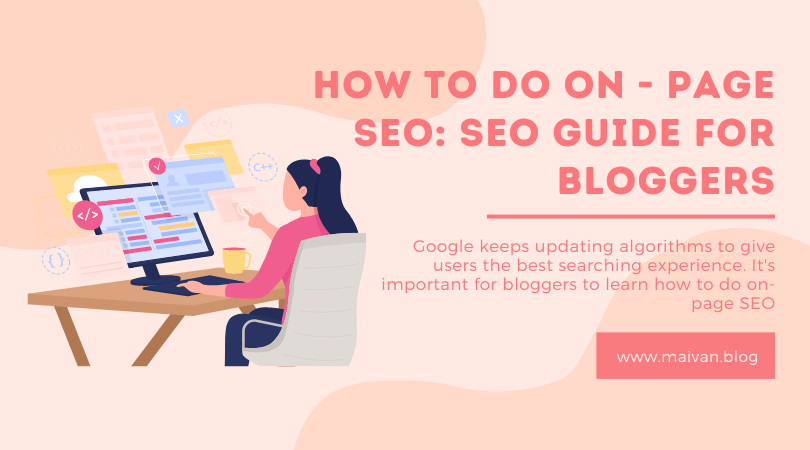
On-page optimization is a critical aspect of SEO that involves refining each individual page of your blog to improve its search engine rankings. Below are some important techniques to consider when optimizing your blog posts:
Title Tags and Meta Descriptions
Title tags and meta descriptions are essential on-page SEO elements. The title tag is the clickable headline that appears on SERPs, while the meta description is the brief summary below it. Both should include relevant keywords and entice users to click on your link. Keep your title tags under 60 characters and meta descriptions under 160 characters to ensure they display correctly on search engines.
Header Tags
Using header tags (H1, H2, H3, etc.) helps structure your content and makes it easier for search engines and readers to understand the flow of your post. The H1 tag is usually the main title of your page, while H2 and H3 tags are used for subheadings. Incorporate your primary and secondary keywords naturally within these headers to improve SEO.
Image Optimization
Images can enhance user engagement, but they also need to be optimized for SEO. Use descriptive file names and alt text that include your keywords. Compress images to reduce file size and improve page loading speed, as faster-loading pages provide a better user experience and can positively impact your SEO.
Internal Linking
Internal linking involves adding links within your blog posts that direct readers to other relevant pages on your blog. This not only helps keep visitors on your site longer but also allows search engines to crawl and index your content more effectively. Aim to include a few internal links in each post to enhance site navigation and SEO.
Keyword Density and Placement
While it’s important to use relevant keywords, avoid keyword stuffing, which can result in penalties from search engines. Focus on naturally integrating keywords into your content, including in the first paragraph, throughout the body, and in headers. A keyword density of 1-2% is generally considered optimal.
Mobile Optimization
With the majority of users accessing content from mobile devices, ensuring your blog is mobile-friendly is crucial. Use responsive design techniques so that your blog looks and functions well on all screen sizes. Search engines prioritize mobile-optimized sites, and a poor mobile experience can lead to a drop in rankings.
URL Structure
Creating clean, descriptive URLs that include relevant keywords can improve both user experience and SEO. Avoid using long, complex URLs with random strings of numbers or characters. Instead, keep URLs concise, readable, and reflective of the page’s content.
By implementing these on-page optimization techniques, you can significantly enhance your blog’s visibility and performance on search engines. In the next section, we will explore off-page optimization strategies that further bolster your SEO efforts.
Link Building when Creating a Blog
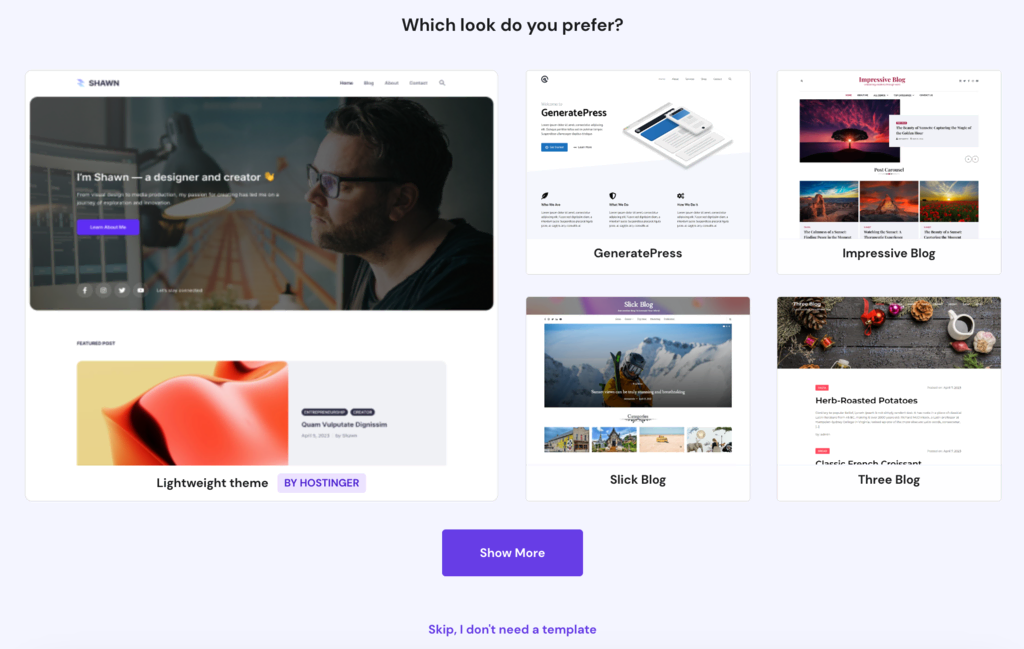
Link building is an important off-page SEO strategy that involves getting other websites to link back to your blog. These inbound links, also known as backlinks, act as a vote of confidence from other sites and can significantly impact search engine rankings.
Quality over Quantity
While having a large number of backlinks may seem beneficial, it’s the quality of those links that truly matters when it comes to SEO. Search engines prioritize links from authoritative, relevant sources. Focus on acquiring backlinks from reputable websites in your niche, rather than trying to get as many links as possible.
Guest Blogging
Guest blogging is a popular approach to acquire backlinks. It involves writing and publishing posts on other blogs in exchange for a link back to your own blog. When guest blogging, ensure that the site you are posting on aligns with your niche and has high domain authority.
Social media is another effective platform for building relationships and acquiring backlinks. Share your blog posts on social media platforms such as Twitter, Facebook, and LinkedIn, and engage with other bloggers and influencers in your niche. This can lead to them sharing your content and linking back to your blog.
Broken Link Building
Broken link building is a technique that involves finding broken links on other websites and offering alternative, relevant content from your blog as a replacement. This not only helps the website fix their broken link but also provides you with an opportunity to acquire a high-quality backlink.
Monitor Your Backlinks
It’s important to regularly monitor your backlinks and disavow any low-quality or spammy links. You can use tools like Google Search Console or Ahrefs to track and analyze your backlink profile, allowing you to identify and address any backlinks that may be harming your SEO.
Measuring SEO Success

Measuring the success of your SEO efforts is essential to understanding what works and where improvements are needed. Here are some key metrics and tools to help you assess your blog’s SEO performance:
Key Metrics to Track
- Organic Traffic: This metric shows the number of visitors coming to your blog through search engine results. Increasing organic traffic indicates that your SEO strategies are effectively improving your search visibility.
- Bounce Rate: A high bounce rate may suggest that your content is not engaging or relevant to your audience. Aim to create valuable, targeted content to reduce this metric.
- Average Session Duration: This indicates how long visitors stay on your blog. Longer session durations typically suggest that users find your content interesting and engaging.
- Keyword Rankings: Monitoring your keyword rankings helps you understand how well your blog is performing for specific search terms. Use tools like Google Search Console to track your keyword positions over time.
- Backlinks: Keeping track of the number and quality of backlinks to your blog can help gauge the effectiveness of your link-building efforts. Tools like Ahrefs or Moz can provide insights into your backlink profile.
Tools for Measuring SEO Success
- Google Analytics: This free tool provides comprehensive data about your site’s traffic, user behavior, and conversions. Use it to track key metrics such as organic traffic, bounce rate, and session duration.
- Google Search Console: This tool helps you monitor your blog’s presence in Google search results. It provides data on search queries, keyword rankings, and any issues affecting your site’s performance.
- Ahrefs: Ahrefs offers robust SEO tools for tracking keyword rankings, analyzing backlinks, and conducting competitor research. It’s a valuable resource for understanding your site’s SEO performance in detail.
- Moz: Similar to Ahrefs, Moz provides tools for tracking keyword performance, analyzing backlinks, and identifying on-page SEO issues. Moz’s Domain Authority metric can also give you a sense of your blog’s overall SEO health.
- SEMrush: SEMrush provides comprehensive SEO reports, including organic research, backlinks analysis, and keyword tracking. It also offers insights into competitors’ SEO strategies.
By regularly monitoring these metrics and using the right tools, you can ensure that your SEO efforts are on the right track. Continuous analysis and optimization are key to maintaining and improving your blog’s search engine performance.
Conclusion
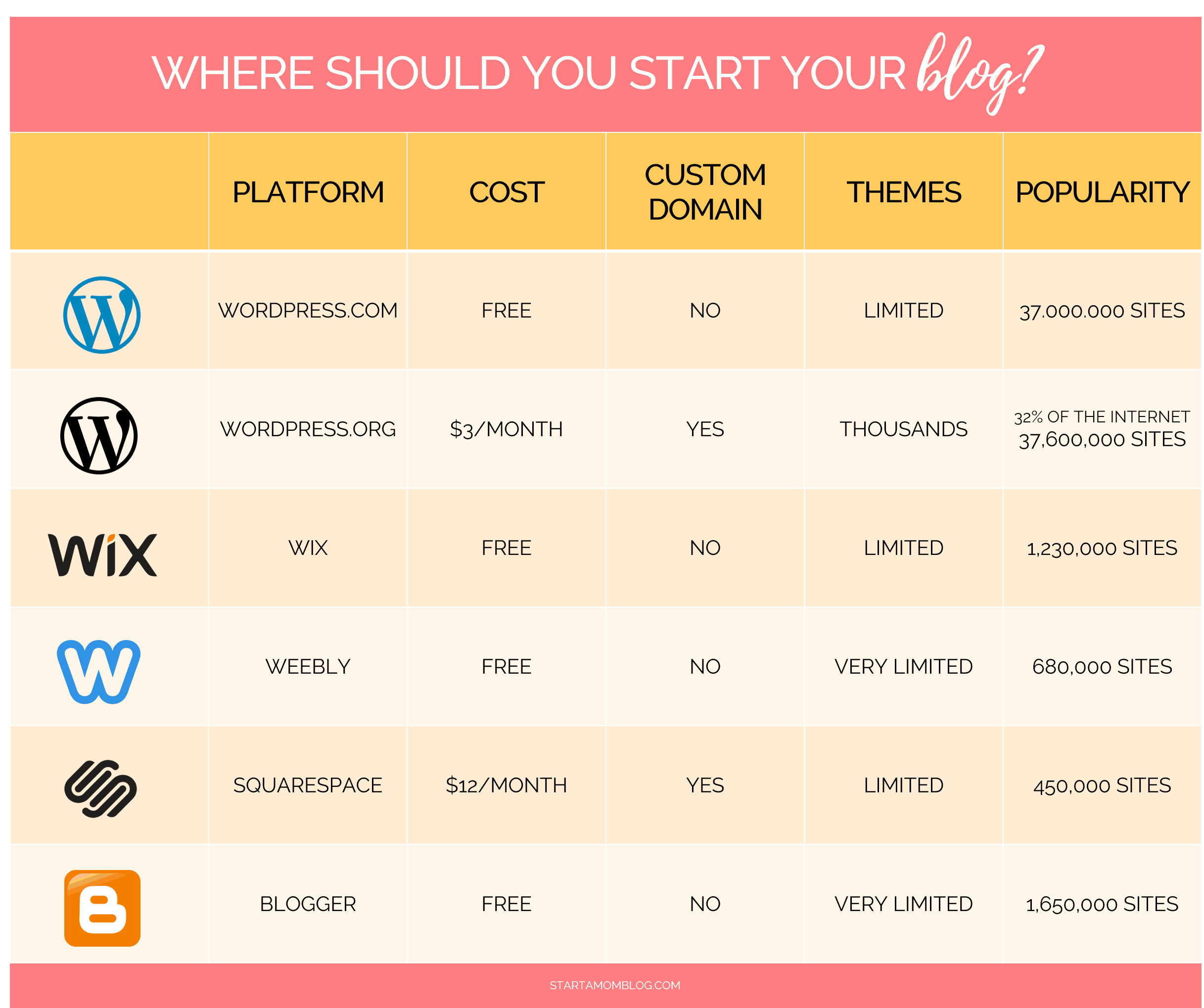
In conclusion, optimizing your blog for search engines is a multifaceted process that requires a strategic approach involving both on-page and off-page techniques. By focusing on creating high-quality content, building valuable backlinks, and actively engaging with relevant communities, you can enhance your blog’s visibility and attract a larger audience. Additionally, consistent measurement and analysis of your SEO efforts using the aforementioned tools will enable you to identify areas of improvement and make data-driven decisions to refine your strategies.
Remember, SEO is not a one-time task but an ongoing process that evolves with changes in search engine algorithms and user behavior. Staying updated with the latest trends and best practices in SEO is crucial for maintaining your blog’s competitive edge. Furthermore, always prioritize delivering value to your readers, as user experience remains a significant factor in search rankings.
By integrating these comprehensive SEO strategies and maintaining a commitment to continuous improvement, you can achieve sustained growth and success for your blog. Whether you’re a seasoned blogger or just starting, these insights will serve as a valuable guide in your SEO journey. Keep learning, experimenting, and adapting, and your blog will become a standout in its niche.
